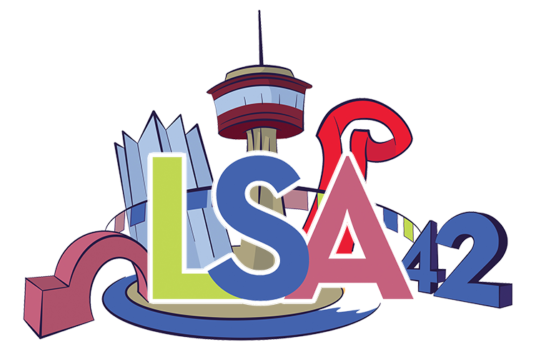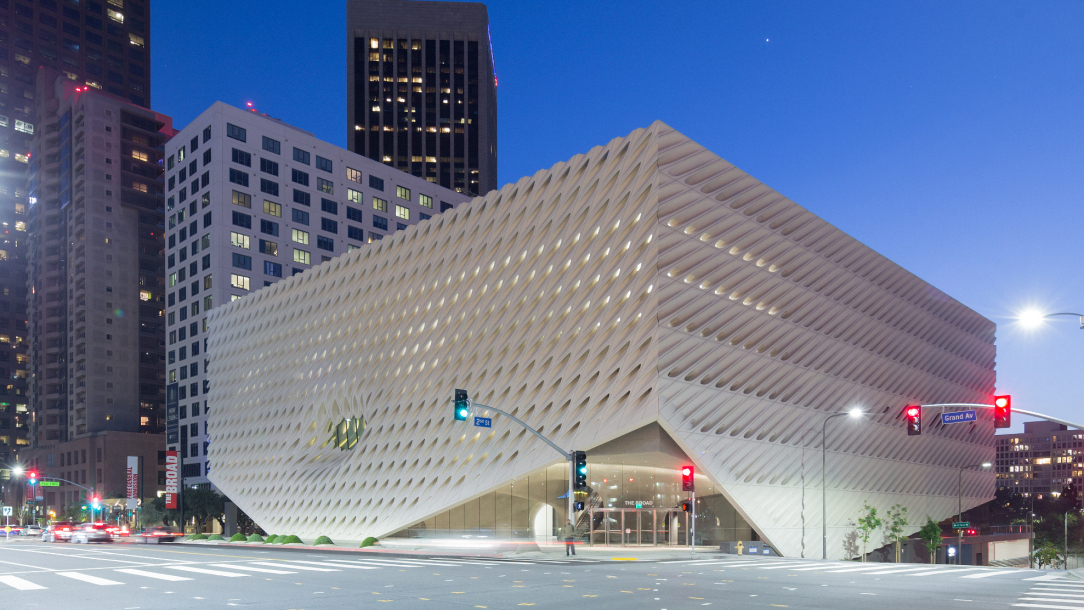The arts and culture sector can have a larger impact on your city’s economy (in terms of GDP) than other industries like tourism and transportation — but city leaders often don’t recognize the economic value and impact of the arts in their community.
This is a guest post by Jay Dick.
The arts and culture sector is often looked at through a very narrow lens. Theatre productions, museum exhibitions and symphony orchestras typically comprise the average person’s concept of the arts. What’s more, the arts are often viewed as isolated instead of being seen as part of a larger economic ecosystem.
But key decision-makers and leaders understand that the arts can be an important part of a city’s economic development and growth strategy — and this growth often comes without huge price tags or tax concessions.
As Lakewood, Colorado, Mayor Adam Paul once noted, “It was the vision of the neighbors and businesses along West Colfax [that created] an arts district tied to the history and culture of America’s longest main street. Now we have the flourishing 40 West Arts District, endorsed by the state and given the National Endowment for the Arts’ largest Our Town grant.” In the city of Lakewood, Mayor Paul has used the arts as a mechanism and stimulant for economic growth in his community. This has resulted in more businesses locating to the area, more foot traffic to local businesses, increased housing options, more jobs and higher tax revenues.
City leaders across the nation are seeking to revitalize and grow their cities into vibrant communities — and the arts are part of a larger set of tools to accomplish that goal. For example, many citizens — especially from younger generations — often place a premium on the ability to live and work in the same (walkable) area. As Mayor Carl Gerlach of Overland Park, Kansas, succinctly put it, “The young professional looking for a place to live wants a city with exciting development activity, increasing job opportunities and competitive pay, and a quality of place with a host of leisure time entertainment and activities.” A well-placed arts district, or the use of an arts venue as an anchor for a neighborhood, can be a magnet for economic growth.

The National League of Cities (NLC) just published its 2017 State of the Cities report, which analyzed mayoral State of the City addresses and catalogued the top issues discussed by mayors. The arts and culture were a major subtopic of economic development, the most widely-discussed issue.
While this isn’t surprising, what’s more interesting is the fact that the arts and culture plays a role in at least nine out of the 10 most widely-discussed topics. In other words, the arts are intertwined with nearly every major city issue. Here are a few examples:
Public Safety: Communities with arts and culture organizations are seen as safer by their residents; they bring residents closer together, and the arts act as a bridge between the community and police. Further, prison arts programs assist with recidivism rates and help children of incarcerated family members cope. In West Oakland, California, a mural program called the Community Rejuvenation Project (CRP) works with high school youth and provides a service called “abatement murals for businesses” that discourage graffiti and vandalism and provide inspirational images for the community.

Infrastructure: Areas that are well-lit and have public art or murals attract pedestrians, bicyclists and even auto traffic, which leads to safer and more vibrant communities.
Budgets: The arts and culture generate tax revenue far beyond any government investment, adding dollars to city coffers and helping city budgets. For example, the arts constitute a bigger share of America’s GDP than construction or agriculture. And on average, for every dollar invested into the nonprofit arts, six dollars in taxes are generated.
Housing: In order for a community to be vibrant, its residents need to be able to afford to live there. Many arts organizations and cities like New Orleans work to provide affordable housing to artists and their families.

Education: There is vast researchwhich shows that a child with even minimal arts education performs better academically and socially than their peers.
Energy & Environment: The arts work to highlight topics like climate change, educating viewers about what can happen if we fail to change the way we use our natural resources and treat the Earth.
Health: Art therapy programs work across all health delivery platforms to provide effective health care services to both children and adults. The biggest area of research and programs is in the military, where art therapy serves to help veterans with PTSD and Traumatic Brain Injury (TBI).
Demographics: Mayors are concerned about diversity, immigration, and the quality of life of veterans and seniors. The arts work to unite people of different ages and from various ethnic and social backgrounds in common spaces that promote an increased understanding and acceptance of different cultures.
When city governments invest in arts and culture initiatives, city economies grow — but so do strong, vibrant communities. As Scottsdale, Arizona, Mayor Jim Lane notes, “Scottsdale is a city of the arts, and we should be very proud of that well-earned reputation. It’s good for our economy — and it’s good for our soul.”
Americans for the Arts has partnered with NLC for almost 20 years to educate and inform NLC members about the value of arts and culture and the economic power of the arts in cities. Its New Communities Visions Initiative highlights 30 city issues (outlined in the graphic below) in which the arts play an active role.

Featured image: Opened in September 2015, the Broad Museum in Los Angeles cemented the city’s downtown as the center of the L.A. arts scene and a full-on destination, boosting the local economy by attracting a vibrant mix of top-tier restaurants and bars, galleries and mixed-use housing and commercial properties. (Iwan Baan/The Broad)
 About the author: Jay H. Dick is the senior director of state and local government affairs at Americans for the Arts, an organization which serves, advances and leads diverse networks of organizations and individuals who cultivate, promote, sustain and support the arts in America. He can be contacted at [email protected].
About the author: Jay H. Dick is the senior director of state and local government affairs at Americans for the Arts, an organization which serves, advances and leads diverse networks of organizations and individuals who cultivate, promote, sustain and support the arts in America. He can be contacted at [email protected].
Original Story:


